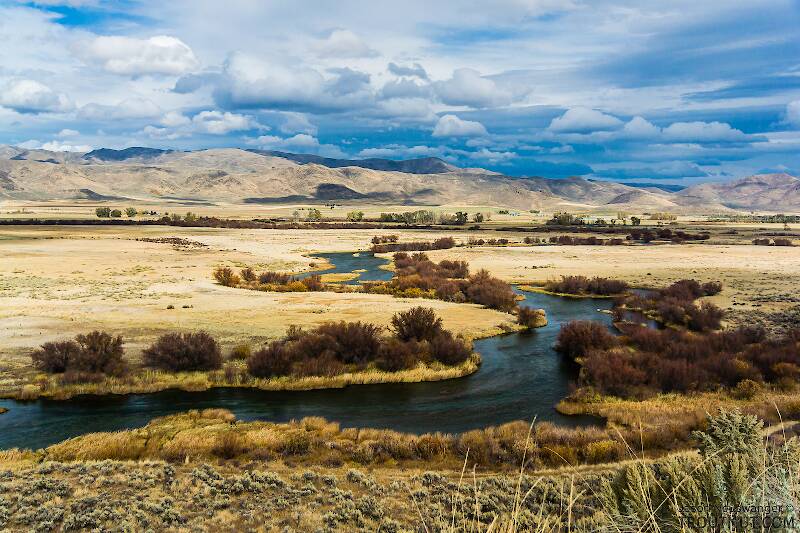
Blue-winged Olives
Baetis
Tiny Baetis mayflies are perhaps the most commonly encountered and imitated by anglers on all American trout streams due to their great abundance, widespread distribution, and trout-friendly emergence habits.

Mayfly Species Ameletus validus (Brown Duns)
Species Range
Physical description
Most physical descriptions on Troutnut are direct or slightly edited quotes from the original scientific sources describing or updating the species, although there may be errors in copying them to this website. Such descriptions aren't always definitive, because species often turn out to be more variable than the original describers observed. In some cases, only a single specimen was described! However, they are useful starting points.
Male Spinner
Wing length: 11 mm
A pinkish brown species, with faint clouds on the fore wing and without dark ganglionic marks on the venter of the abdomen.
Head brownish. Thorax deep blackish brown, the mesothorax light brown on the anterior sutures and around the scutellum. Fore leg deep blackish brown; middle legs pinkish brown. Wings hyaline, veins dark; faintly clouded with light umber brown; palest along outer margin.
Abdomen pinkish brown. Segments 1-6 semi-transparent, the sutures narrowly opaque; segments 7-10 opaque, segment 9 shaded laterally with smoky brown. Forceps base brown, with paler lateral margins and a yellow median area; posterior margin strongly excavated between the forceps; the tubercles on the apical margin well developed. Penes long and slender, curving outward near the tips.
Female Spinner
Wing of female lacks the brown clouds. Subanal plate of female larger than in the allied species, Ameletus similior, and reaching nearly to the posterior margin of the tenth segment.
Start a Discussion of Ameletus validus
References
- Arbona, Fred Jr. 1989. Mayflies, the Angler, and the Trout. Nick Lyons Books.
- Needham, James G., Jay R. Traver, and Yin-Chi Hsu. 1935. The Biology of Mayflies. Comstock Publishing Company, Inc.
Mayfly Species Ameletus validus (Brown Duns)
Species Range
Common Name
Resources
- NatureServe
- Integrated Taxonomic Information System
- Global Biodiversity Information Facility
- Described by McDunnough (1923)


